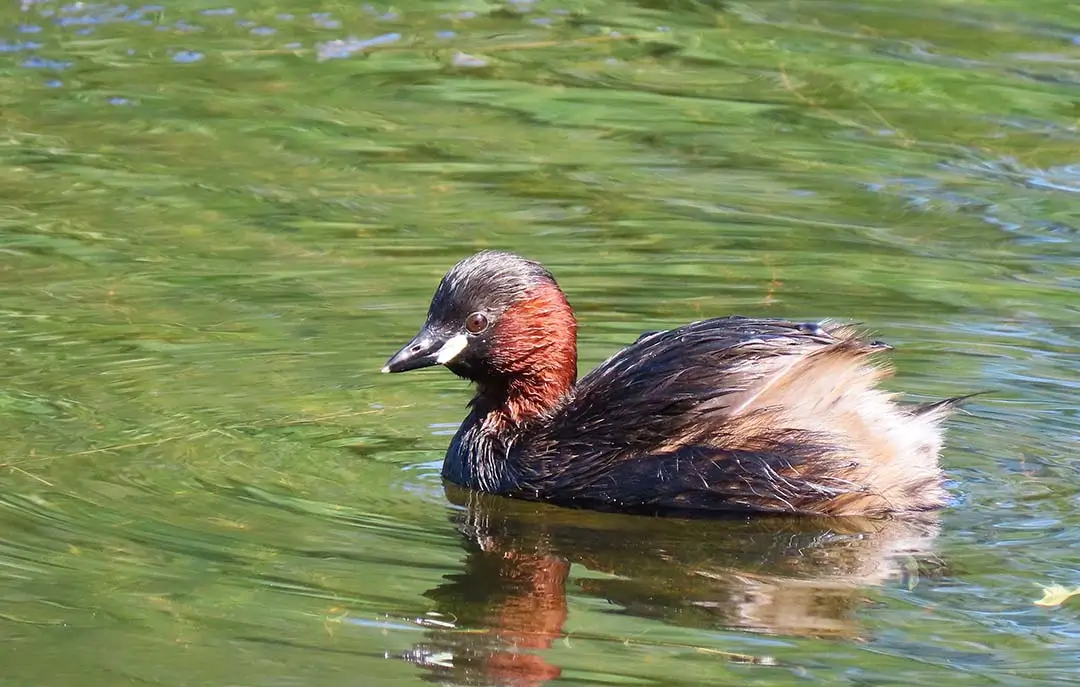
BIRDING IN
Chimanimani National Park

BIRDING IN
Chimanimani National Park

BIRDING IN
Chimanimani National Park

BIRDING IN
Chimanimani National Park
The village of Chimanimani perched on a hill has a sweeping view east to the craggy peaks of the Chimanimani range. The park office is only 14 kilometres from the village, but the last seven kilometres are on a dreadful dirt road and take half an hour to negotiate. From here, access to the mountains is on foot along a network of hiking trails. The initial 400-metre ascent through open Brachystegia/Uapaca woodland and forested gullies is steep and rocky. Common birds to look out for while catching your breath are several miombo specials, namely the Miombo Rock Thrush, Miombo Grey and Rufousbellied tits, Miombo Double-collared Sunbird, and MashonaHyliota. Others include Shelley's Francolin, Freckled Nightjar, Grey and White-breasted cuckooshrikes, Mocking Chat, Barratt's Warbler, ChirindaApalis, Red-faced Crombec, Green-capped Eremomela, Roberts' Prinia, White and Red-billed helmetshrikes, and Yellow-bellied Sunbird. A two- to three-hour slog gets you to the crest of the Mutserotsero range.
Alist of regulars here include Barred Cuckoo, Green Coucal, Eastern Honeyguide, African Broadbill, Angola Pitta, Pel's Fishing Owl, Slender Bulbul, Black-headed Apalis, Vanga Flycatcher, Woodwards' Batis and Chestnut-fronted Helmetshrike.
Our Experts are ready to provide answers
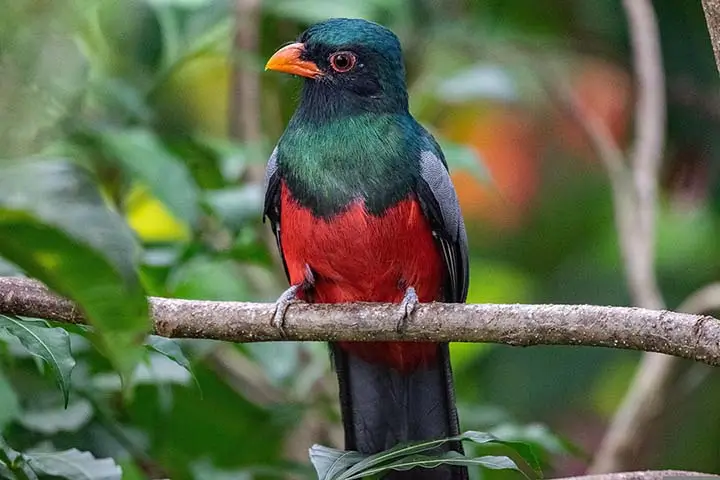
Chizarira provides a wide variety of habitats for birds, with nearly 400 species having been recorded.
Read More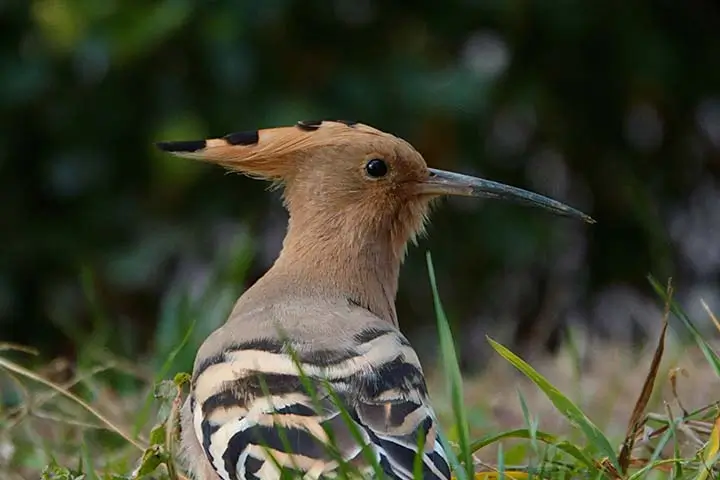
owering red cliffs and massive baobab trees create a dramatic backdrop to Big 5 game viewing as well as bird watching that ranks among the best in the region.
Read More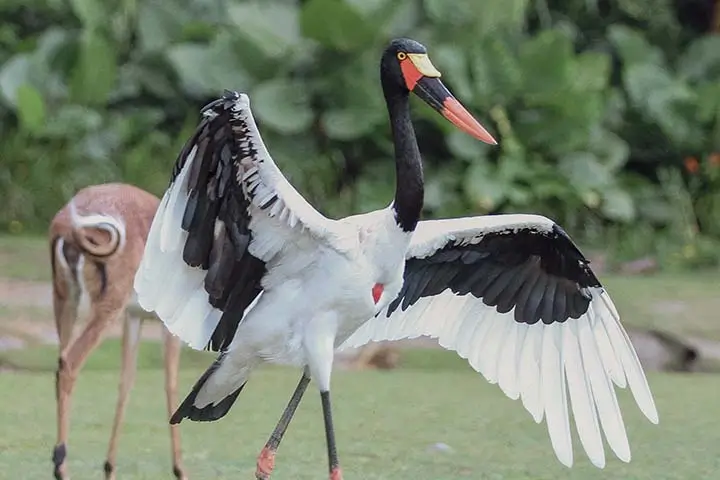
Generally, Hwange is considered to be of conservation importance for 24 species, including Ciconiaepiscopus, Oxyuramaccoa, Gallinula angulata and Chlidonias hybridus.
Read More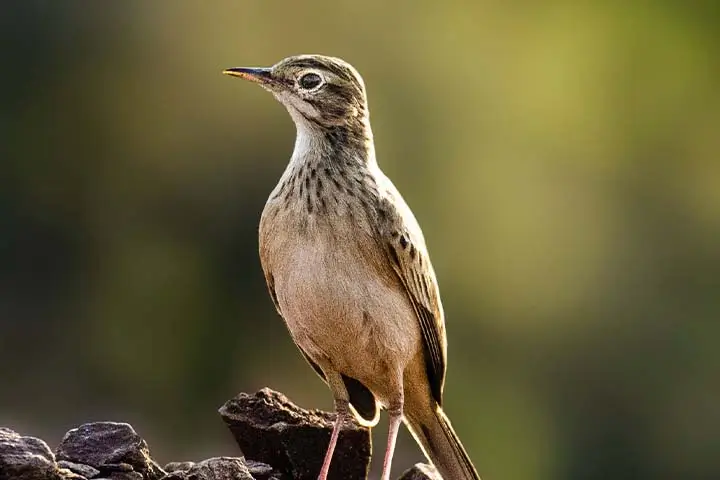
he pan systems are also ideal habitat to a large variety of water birds, with a number of species including storks, crowned cranes, stilts, cormorants, ducks and kingfishers occurring throughout the area.
Read More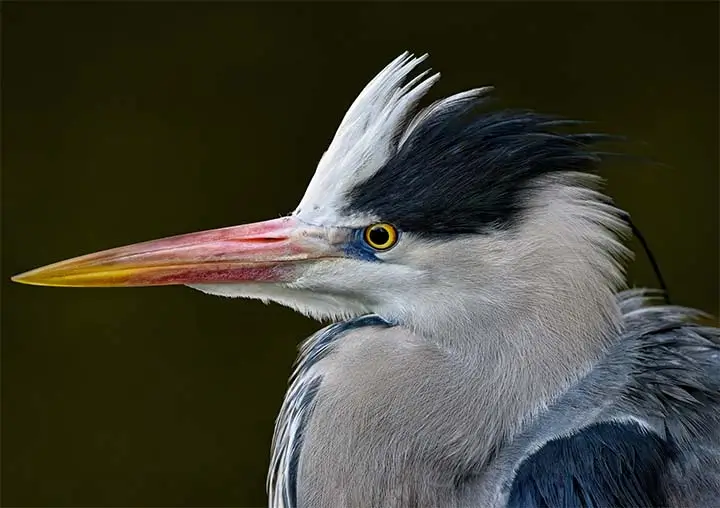
The remnant pools of the mighty Zambezi River attract many mammals and bird species.
Read More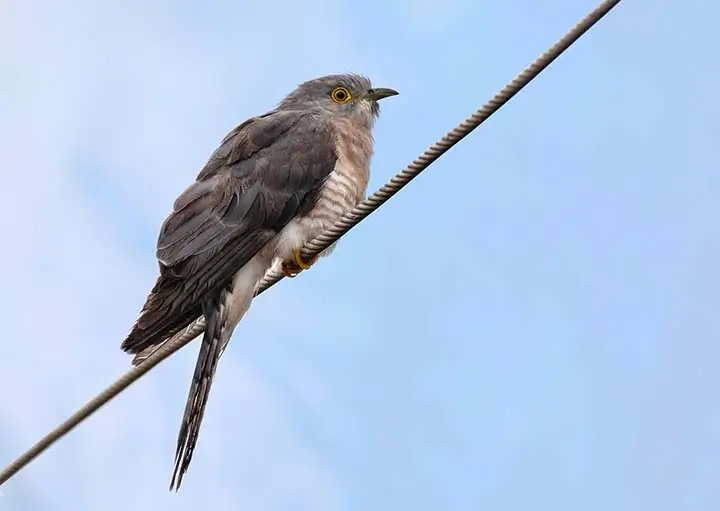
Matobo National Park contains the highest concentration of black eagles, and breeding pairs of these birds, worldwide.
Read More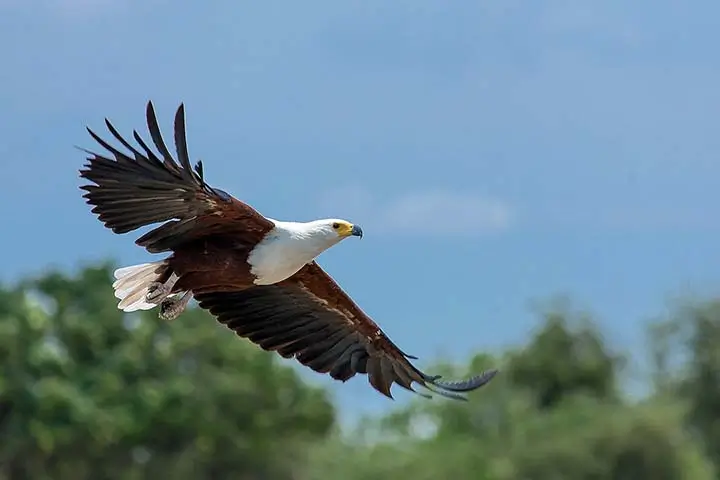
Giant African fishing eagles sit on trees. Smaller but colorful kingfishers and bee-eaters divebomb for fish and insects and when you add all the egrets and cranes and storks it's a total birder's paradise.
Read More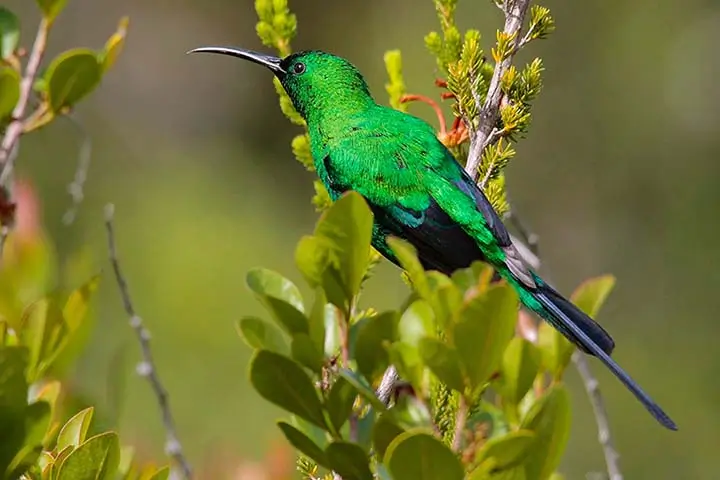
The Nyanga Mountains form the northernmost extent of the Eastern Highlands in Zimbabwe. They lie about 70 km north-east of Mutare in two rural Districts, Nyanga and Mutasa.
Read More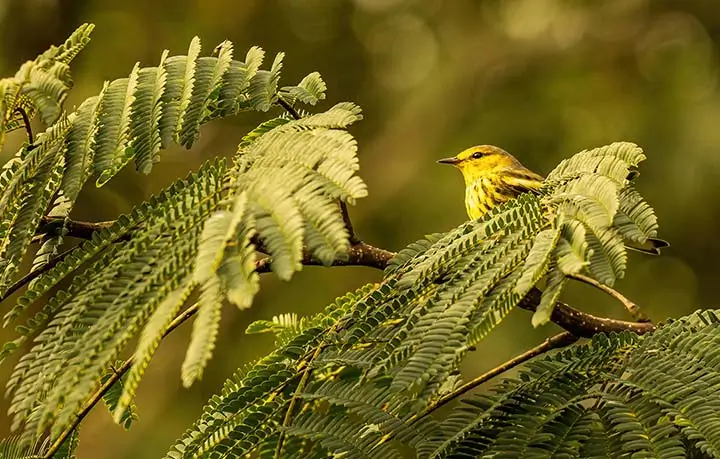
Lake Chivero hosts many waterbirds, and 100 species are on the checklist. At times, thousands occur. In the austral winter, many ducks loaf on the dam during their flightless moult.
Read More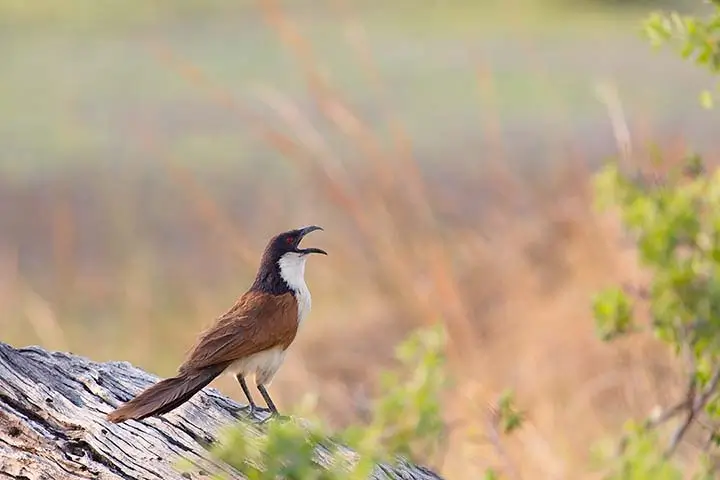
There are bird specials here that are far easier to find than anywhere else in the country. You'll probably be able to tick off lifers like grey-headed parrot, African broadbill, short-clawed lark, Shelley's francolin and crested guineafowl. Others, like Arnott's chat and the Senegal coucal, are central African birds at the southern edge of their range here.
Read More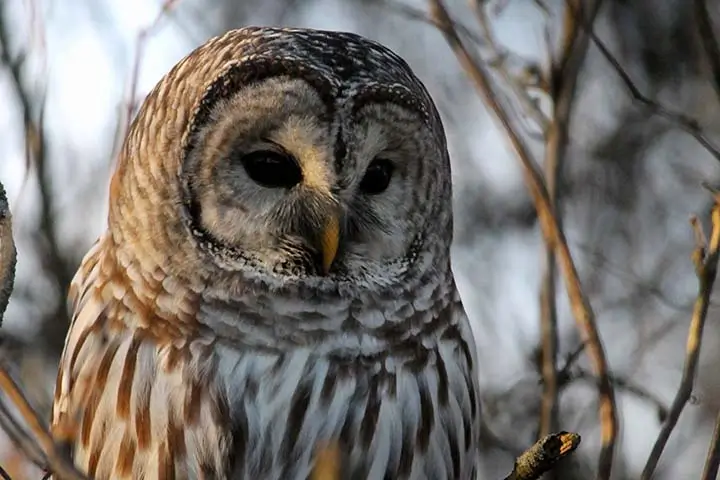
Just 15 kilometres from Mutare, the capital of Manicaland province, rise the rounded granite domes of the Bvumba, the Eastern Highlands' most popular birding destination.
Read More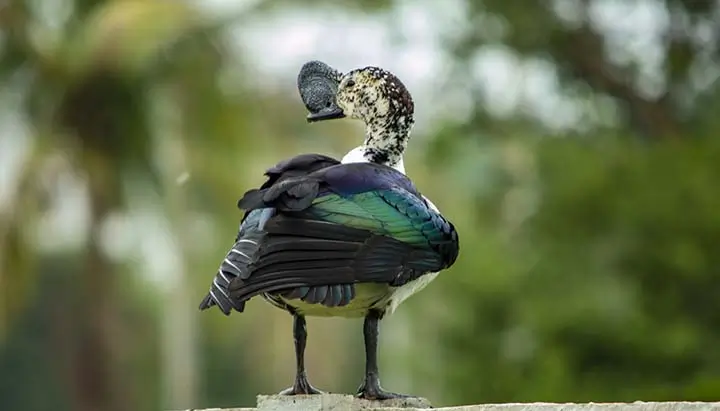
Birding is a highlight of a trip to Victoria Falls: 470 species of birds have been recorded in both these parks and in the Victoria Falls area, including Pel's fishing owl, African skimmers.
Read More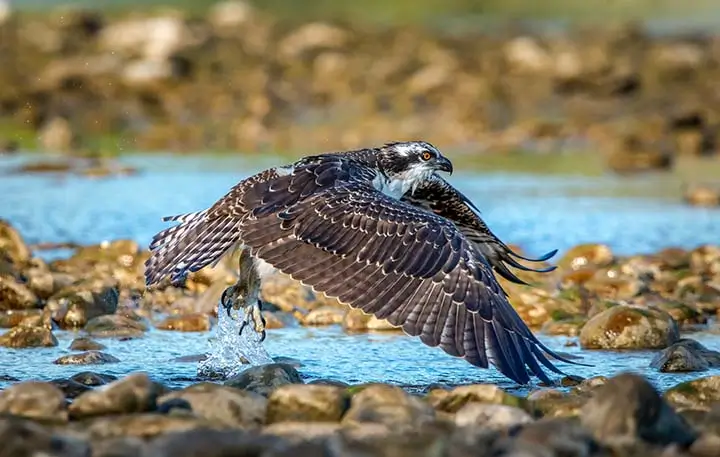
Over 400 species of birds have been recorded within the Zambezi National Park. Pel's fishing owl, African skimmer, collared palm thrush; lanner falcon, goliath heron, African finfoot, rock pratincole and long-toed lapwing are considered to be among the speciality birds of the park.
Read More